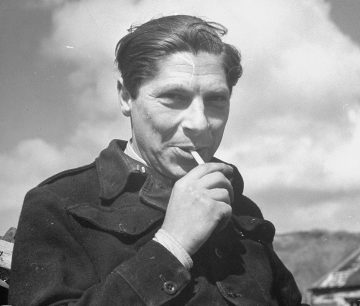Liesl Schillinger in the New York Review of Books:

If you leaf through the pages of one of the tall, puffy black leatherette volumes of the Encyclopedia Britannica’s Macropædia (a portmanteau made from the Greek words for “big” and “education), you will find Arthur Koestler’s long essay on “Humour and Wit,” which is the only laugh-out-loud-funny encyclopedia entry anyone is likely to encounter anywhere. You can’t read the whole thing online, it has been abridged; to see the genuine article, you have to hold the actual book in your hand. Koestler wrote the essay for the maiden edition of the Macropædia in the 1970s, adapting it from his capacious books Insight and Outlook (1949) and The Act of Creation (1964), which break down the various manifestations of creativity, talent, originality, and genius. The six pages in the Britannica provide, if you will, the gist.
The purpose of his essay is to demonstrate how and why humor works. Koestler begins by listing jokes that illustrate distinct comic principles. My favorite, #5, appears under the heading “The Logic of Laughter.” It’s a joke Freud liked to tell as well, about a Marquis in the court of Louis XV who enters his bedroom to find a bishop making love to his wife. After observing them in flagrante, the Marquis calmly steps to the window, opens it, and extends his arms, blessing the people on the street below.
“What are you doing?” cried the anguished wife.
“Monseigneur is performing my functions,” replied the Marquis, “so I am performing his.”
This joke works, Koestler explains, because the Marquis’s behavior is “both unexpected and perfectly logical—but of a logic not usually applied to this type of situation.” The reader expects the Marquis to respond with moral outrage, or even to draw a sword; instead, in an absurdly literal-minded way, he reevaluates his job description on the spot, and acts accordingly.
More here.
